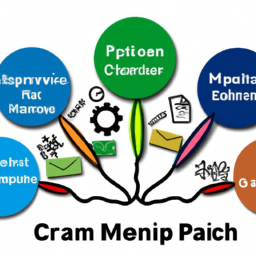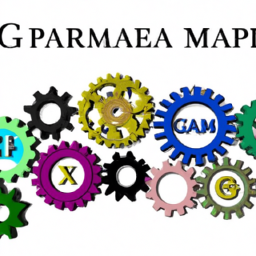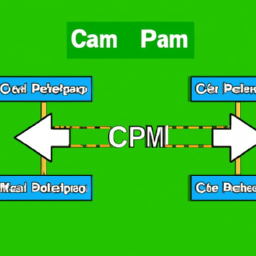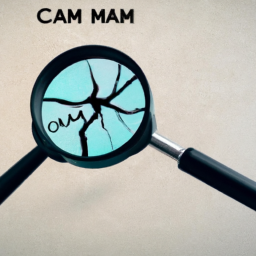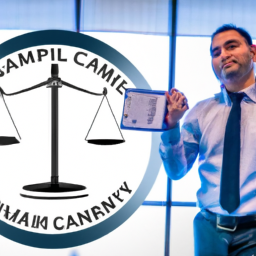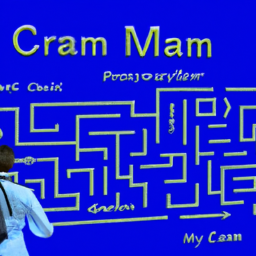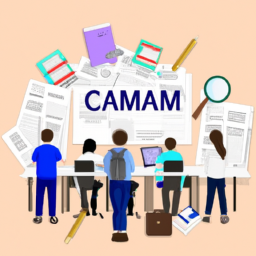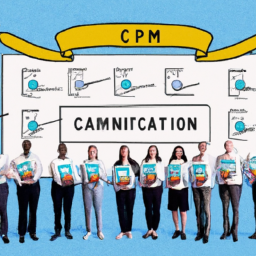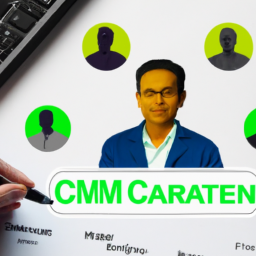Ready to conquer the CAPM exam? You’ve come to the right place.
This article will guide you through the essential topics, giving you a clear roadmap to success.
We’ll break down the exam structure, explore key project management concepts, and delve into the principles of risk management.
We’ll even discuss the crucial role of stakeholders and effective techniques for project cost estimation.
So buckle up and get ready to master the CAPM exam with confidence.
Key Takeaways
- Create a study plan and allocate time to each topic
- Understand how to define and manage project scope and resource allocation
- Conduct thorough risk assessment and implement effective strategies
- Stakeholder engagement and effective project communication are crucial for project success
Understanding the CAPM Exam Structure
You’ll need to familiarize yourself with the CAPM exam structure to effectively prepare for the test. The exam format consists of 150 multiple-choice questions that you must answer within a three-hour time frame.
These questions cover various topics related to project management, such as project integration, scope, time, cost, quality, risk, and communication management.
To tackle this exam, it is crucial to develop effective study strategies. Start by creating a study plan and allocating dedicated time to each topic. Utilize study materials such as textbooks, online resources, and practice exams to enhance your understanding of the subject matter.
Additionally, consider joining study groups or seeking guidance from experienced professionals to gain valuable insights. Remember to practice time management during your preparation to simulate the exam environment and build your speed and accuracy.
Essential Concepts in Project Management
Understanding the essential concepts in project management is crucial for success in the CAPM exam.
As a CAPM aspirant, you need to grasp the fundamentals of project scope and resource allocation.
Project scope refers to the defined boundaries and objectives of a project, including the deliverables and requirements. It is essential to understand how to define and manage the project scope to ensure project success.
Resource allocation, on the other hand, involves determining and assigning resources to the project activities. This includes human resources, equipment, and materials required to complete the project. Knowing how to effectively allocate resources is vital for optimizing project efficiency and achieving desired outcomes.
Make sure to study these concepts thoroughly as they will be tested in the CAPM exam.
Mastering the Principles of Risk Management
To effectively manage risks in a project, it’s important to identify potential threats and develop strategies to mitigate them. Risk assessment is a crucial step in this process. It involves identifying and analyzing the risks that could impact the success of a project.
This could include risks related to budget, schedule, resources, or even external factors such as market conditions or regulatory changes. Once the risks are identified, the next step is risk mitigation. This involves developing strategies to minimize the impact of the risks or prevent them from occurring altogether.
This could include implementing contingency plans, diversifying resources, or creating backup systems. By conducting a thorough risk assessment and implementing effective risk mitigation strategies, you can significantly increase the chances of project success.
Examining the Role of Stakeholders in Project Success
When stakeholders are actively involved in a project, they bring valuable insights and perspectives that can contribute to its overall success. Stakeholder engagement and effective project communication are essential for ensuring that all parties are aligned and working towards a common goal.
Here are three key reasons why stakeholder involvement is crucial in project success:
-
Diverse perspectives: Stakeholders represent different interests and expertise, providing a well-rounded view of the project. Their input can uncover potential risks, identify opportunities, and offer innovative solutions.
-
Improved decision-making: Engaging stakeholders ensures that decisions are made with their input and buy-in. This leads to more informed and effective choices, reducing the likelihood of costly mistakes or conflicts.
-
Enhanced project support: When stakeholders feel involved and valued, they are more likely to support the project and advocate for its success. This can lead to increased resources, support, and overall project success.
Effective Techniques for Project Cost Estimation
You can utilize effective techniques for project cost estimation to ensure accurate budgeting and financial planning. Two commonly used techniques are Monte Carlo simulation and bottom-up estimation.
Monte Carlo simulation is a statistical method that allows you to account for uncertainties and risks in your cost estimates. By running multiple simulations with different inputs, you can generate a range of possible outcomes and determine the probability of each outcome occurring. This helps you understand the potential impact of different variables on your project’s cost.
On the other hand, bottom-up estimation involves breaking down your project into smaller tasks and estimating the cost of each individual task. This approach provides a more detailed and accurate cost estimate, as it takes into account the specific requirements and resources needed for each task.
By using these effective techniques, you can ensure that your project cost estimates are reliable and realistic, enabling you to make informed decisions and effectively manage your project’s budget.
| Technique | Description |
|---|---|
| Monte Carlo simulation | A statistical method that accounts for uncertainties and risks by running multiple simulations with different inputs to generate a range of possible outcomes. |
| Bottom-up estimation | Breaks down a project into smaller tasks and estimates the cost of each individual task. Provides a more detailed and accurate cost estimate, taking into account the specific requirements and resources needed for each task. |
Incorporating these techniques into your project cost estimation process can greatly enhance the accuracy and reliability of your budgeting and financial planning.
Frequently Asked Questions
What Are the Eligibility Criteria for Taking the CAPM Exam?
To take the CAPM exam, you need to meet certain eligibility criteria. The application process requires you to have a secondary degree (high school diploma or equivalent) and either 1,500 hours of project experience or 23 hours of project management education.
Once you meet these criteria, you can apply for the exam through the Project Management Institute (PMI) website. Make sure to provide all the necessary documentation and pay the exam fee to complete the application process.
How Long Is the CAPM Exam, and How Many Questions Are There?
The CAPM exam is important, and knowing its duration and number of questions is crucial.
The exam lasts for 3 hours and consists of 150 multiple-choice questions.
Time management plays a significant role in your success. To excel, plan your time wisely and pace yourself accordingly.
When answering multiple-choice questions, read each option carefully and eliminate the obviously incorrect ones. This strategy will increase your chances of choosing the correct answer.
Can I Use a Calculator During the CAPM Exam?
Yes, you can use a calculator during the CAPM exam. Calculators are allowed and can be useful for solving complex mathematical calculations that may arise in the exam.
It is important to note that only non-programmable calculators are allowed, so make sure to check the guidelines provided by the exam administrator.
Using calculators during the CAPM exam can help you save time and ensure accuracy in your calculations.
Are There Any Prerequisites or Recommended Experience for Taking the CAPM Exam?
Before diving into the prerequisites or recommended experience for taking the CAPM exam, let’s first acknowledge the irony of needing prerequisites for a certification that’s meant to be an entry-level stepping stone into project management.
Nevertheless, it is advised to have some basic knowledge of project management concepts and terminology.
To prepare for the exam, you can utilize study resources such as online courses, practice exams, and study guides specifically designed for the CAPM exam.
How Is the CAPM Exam Scored, and What Is the Passing Score?
The CAPM exam is scored using a predetermined scoring method. The passing score is determined by the PMI and can vary from exam to exam.
To pass the CAPM exam, you must achieve a score that meets or exceeds the passing rate set by the PMI.
It is important to study and prepare thoroughly to increase your chances of obtaining a passing score on the exam.
Conclusion
Congratulations! You have completed the journey towards mastering the CAPM exam topics. Like a skilled navigator, you have traveled through the vast ocean of project management, understanding essential concepts and principles.
With each concept, you have built a sturdy ship of knowledge, ready to conquer any risk that comes your way.
Along the journey, you have discovered the importance of stakeholders, who are the guiding stars that lead projects towards success.
And finally, you have equipped yourself with effective techniques to estimate project costs, ensuring smooth sailing towards your goals.
Now, armed with this roadmap to success, you are ready to embark on your CAPM exam with confidence and determination.
May you sail through the exam, leaving a trail of triumph in your wake.

